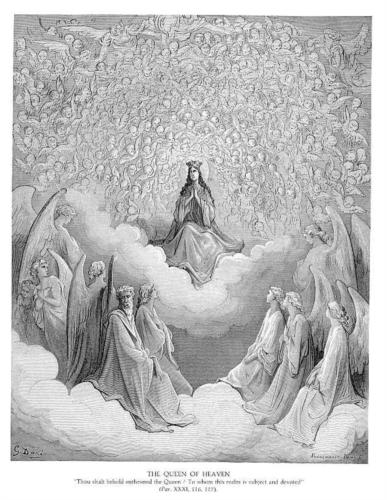On
Tuesday, July 16th, I took Matthew down to Baltimore to watch an
Orioles game. Usually when I take him or
the family to a game down to Baltimore it’s on a Sunday, since they play
afternoon games on Sunday. That allows
me to leave the game roughly by five PM and get home at a reasonable hour. If there’s no traffic it’s a three hour
drive.
But
that Tuesday was Brooks Robinson bobble head doll night, and every adult would
get a Brooks Robinson bobble head doll.
Now Brooks Robinson has long been retired, some forty-two years, but he’s a historic Oriole who is
still living, and actually my baseball idol growing up. He was the player I emulated and wanted to
be. So it was a must for me to go. But that required a night game, which means I
would probably head out by ten and make it back one or two in the morning.
So
we made a day of it. I took the entire
day off from work and headed down in the morning. Not only did I get tickets to the game but
also for the stadium tour. The stadium
tour is an hour and a half tour of the ballpark where they take you to parts
you would not normally see and they provide a great history lesson of the park,
the local area, and the ball club. It’s
well worth it.
After
the stadium tour, we had the afternoon to ourselves. Less than a mile from the park is the Babe Ruth Birthplace & Museum. So we went there and spent a good hour. We still had time, so I convinced Matthew to
go to the Edgar Allen Poe Museum. It was
another mile away. We found it but it
was closed. I don’t think Matthew really
cared anyway.
The
ball game was fun, but the Orioles lost to their local rivals, the Washington
Nationals. Here are some pictures from
the day.
Matthew
standing next to Brooks Robinson retired number 5.
And
next to the statue of a young adolescent Babe Ruth, who by the way was born in Baltimore and actually played for what the time was
a minor league team called the Baltimore Orioles.
There
were lots of great pictures from the stadium tour. Perhaps I should do a post of pictures from
various angles of the park. But for now,
here are three. Matthew looking out from
the $1000/game, air conditioned luxury suits, the trophy room showing two of
the Orioles World Series trophies, and Matthew sitting in the dugout.
And
a few pictures from the Babe Ruth Museum.
The first is Matthew in front of a case showing items when Babe was a
kid at St. Mary’s Home for Boys. Apparently
Babe was a delinquent as a child, so his parents put him in a nearby Jesuit
home for such boys. It was there Babe
matured (if he ever really matured), learned a trade and to play baseball, and
where he was scouted and signed. Babe
was sent there as a seven year old boy, which makes me wonder. How much of a delinquent could a seven year
old be? Perhaps his parents just didn’t
want to raise him and shuffled him off.
What I learned at the museum was that Babe’s parents were Protestants,
and it was at the home that Babe converted to a Catholic. I didn’t know that. The second picture is self-explanatory.
The
last picture is me and Matthew at the park.
There
are two stories of the trip home that night I need to recite. But I will only do one here and then have a
post dedicated to the second story perhaps tomorrow.
We
left the game as the ninth inning was underway and got out of the park shortly
after 10 PM. Driving up I95 I was
stopped by a Maryland state trooper around a quarter after eleven for going 78
mph in a 65. I was shocked they would be pulling people over at that hour for a
few mph over the sort of unofficial allowed 75. I was very courteous, followed
all his direction, and meekly said I was just trying to get home. He looked at
me and my nine year old son in the booster seat in the back, took my license
and registration, and went to his vehicle to do what he had to do. It was the
first time Matthew (who is nine years old) was ever in a car that got pulled
over. He didn't know what was happening and why it took so long for the trooper
to write the ticket while we waited in the car. When he came back, to my shock
he let me off with just a warning. I was so grateful. I found out the next day
they were on the lookout for MS-13 gang members who had just killed a couple of
people. I suspect that’s why they were out there that night looking for a
reason to stop people.




























